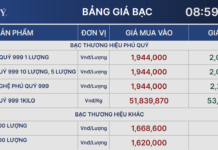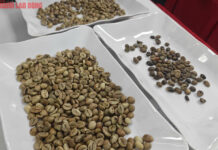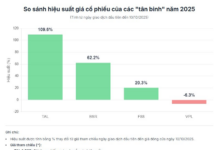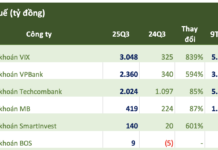
Illustration
Vietnam boasts an extraordinary flower that brings in hundreds of millions of USD annually – the star anise flower, derived from the star anise tree (or Chinese star anise). Statistics show that Vietnam’s star anise production ranks second in the world, after China, with an estimated annual output of 22,000 tons cultivated on approximately 55,000 hectares of land. Notably, Lang Son province accounts for 72.7% of this area.
Blessed with favorable climatic and soil conditions, star anise from Lang Son is renowned for its superior quality and high essential oil content. The province’s star anise yield accounts for 87.5% of Vietnam’s total annual harvest.
Interestingly, the star anise tree is predominantly found in Vietnam and China, and its cultivation on a large scale is made possible by the suitable environmental conditions in these countries. The tree begins to bear fruit from its fourth year, but it takes about 16 years to yield two crops per year, making this already rare tree even more precious. The spring crop is typically harvested in February and March, while the autumn crop is gathered in September and October.
According to data from the Vietnam Pepper Association, in July, Vietnam exported 1,662 tons of star anise, earning 7.8 million USD, a 7.4% increase compared to the previous month. India was the primary export market, accounting for 63% with 1,062 tons.

Cumulatively, in the first seven months of this year, Vietnam exported 8,685 tons of star anise, with a turnover of nearly 42 million USD, a 5.1% increase in volume compared to the same period last year.
India remained the leading export market for Vietnamese star anise, with 5,472 tons, a 7% increase compared to the previous year. This was followed by the US with 601 tons (up 7.9%), Taiwan with 276 tons (a significant increase of 228%), and China with 259 tons (down 63%).
The star anise tree, scientifically known as Illicium and belonging to the Liliaceae family, is highly valued for its economic significance. Typically, the star anise flower has 6-8 petals arranged in the shape of a star with a diameter ranging from 2.5 to 3 cm, each petal enclosing a small, shiny, egg-shaped seed.
Most star anise flowers are dried and exported as such, while a small portion is processed into essential oil.
Star anise is also a coveted spice among renowned chefs worldwide, as it can elevate dishes to a whole new level of flavor. In Vietnam, it is an essential ingredient in making flavorful broths.
Apart from its culinary uses, pure star anise is beneficial in treating ailments such as colds, headaches, stomachaches, digestive issues, and joint pain. Additionally, it is effective in treating skin conditions like fungal infections and scabies. Star anise also aids in pain relief, reducing bruising, and has expectorant properties. Furthermore, star anise essential oil is a popular ingredient in the beauty industry.
In 2024, with the unpredictable weather patterns influenced by El Nino, crops like pepper, cinnamon, and star anise are expected to be impacted, especially in areas vulnerable to climate change.
According to VPA’s forecast, 2024 marks the beginning of a multi-year upward price cycle for pepper (typically lasting a decade), which will likely affect other spices such as cinnamon and star anise.
The global market for spices and flavors reached a value of 21.3 billion USD in 2021 and is projected to reach 27.4 billion USD by 2026.



































